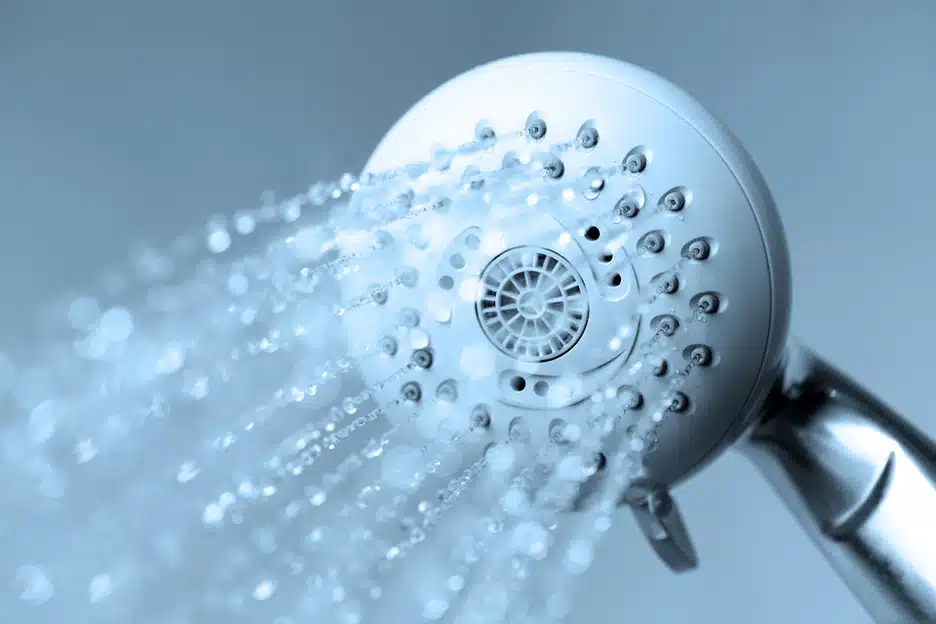
Cleaning your tub and shower regularly is important because mold and mildew like to grow on organic matter. In other words, dirt, dead skin cells, body hair, and mineral deposits provide a perfect breeding ground for bacteria build-up. Gross? Yes–-but usually avoidable by following a few basic maintenance tips.
Cleaning
Soap scum, mold, and mildew can form on just about any tub or shower surface, including your shower curtain (or doors), your fixtures, and even your shower curtain rod. Wiping down the shower with a dry towel after each use will help to minimize the amount of organic matter on the surfaces, but weekly cleanings should still be performed.
The material of your bathtub or shower (and the manufacturer’s cleaning instructions) will determine the type of cleaners you should use. Read the product labels and look for one labeled safe to use on your shower’s finish. Shower curtains can be replaced or tossed into the washing machine. Read the care label to determine the appropriate cycle.
Tile & Grout
As with standard tubs and showers, wiping down your tile shower after each use, along with weekly cleanings, will help to prohibit mold and mildew growth on the grout, but tile showers aren’t limited to cleaning only. Depending on the age of the tile and how it was installed, you may have to seal both the tile and the grout every six months to keep it protected from mildew growth caused by prolonged exposure to moisture. You’ll also need to regularly check for loose tiles and cracked grout, which can lead to serious water damage.
Caulking
When bathtubs and showers are first installed, caulking is applied at all transitions (where one side meets another) and fixtures (including doors) to make sure that water stays where it’s supposed to– inside the shower. Over time, this caulking can deteriorate, allowing water to leak behind the shower walls, onto your subflooring, and even down to your floor joists. Because these types of leaks are difficult to detect, they often end up causing serious damage. You should regularly check your caulking for signs of deterioration. Look for cracks, peeling, or other areas where water might be able to enter the wall or leak out onto the floor.
Shower Doors
Standing water inside the door’s track indicates a drainage issue within the track assembly. Small holes can be drilled into the track to allow water to drain back into the bathtub or shower. These holes help minimize the growth of mold and mildew inside the track and keep the door in good working order.
Maintaining the bathtub or shower unit is a task easily handled by most homeowners, but when it comes to repairing a broken tile or replacing the caulking, it’s often best to call in a licensed contractor.


